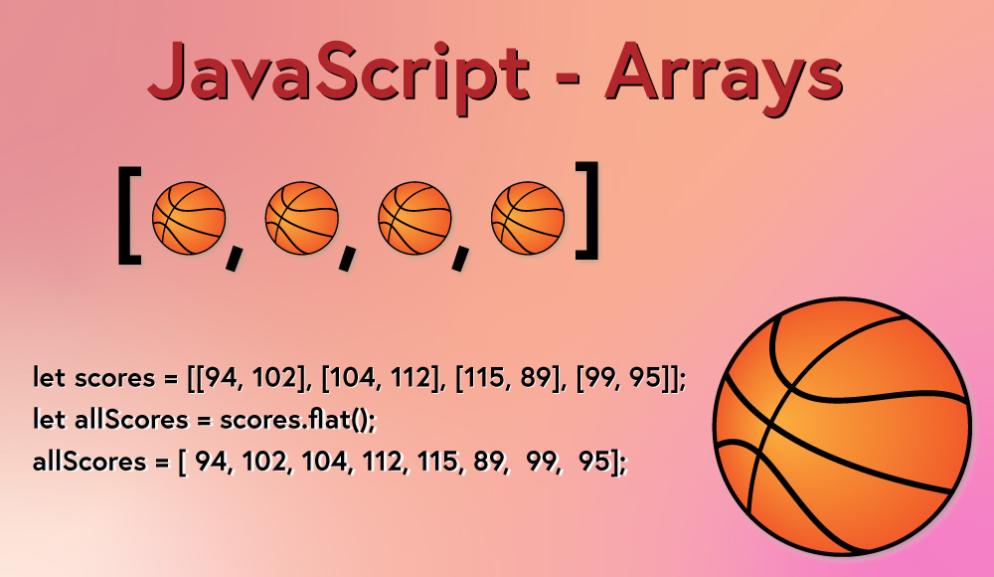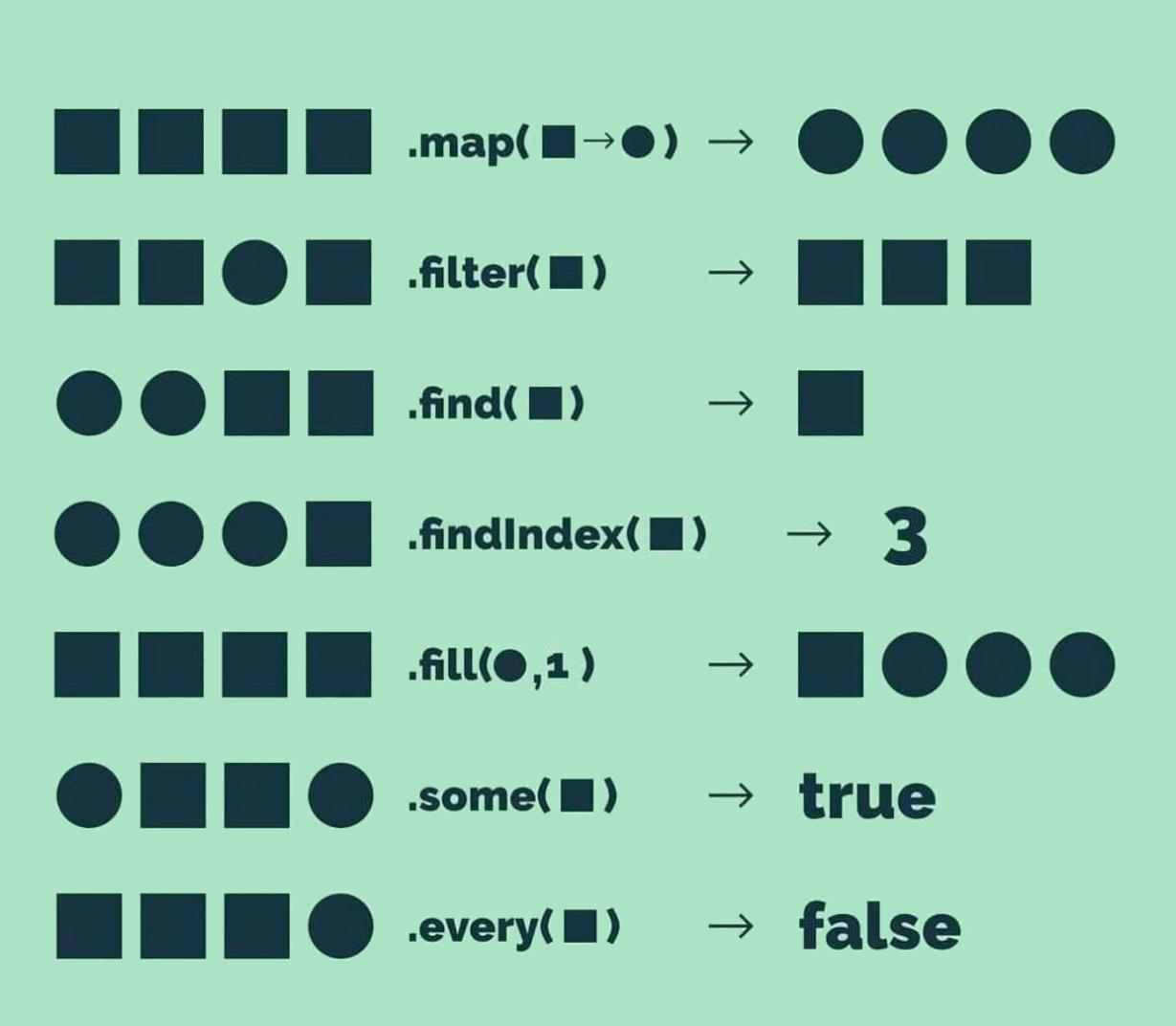How Can I Use JavaScript Arrays to Store and Manipulate Data Efficiently?
JavaScript arrays are a powerful tool for storing and manipulating data in a structured and efficient manner. As a teacher, you can leverage the capabilities of JavaScript arrays to organize student data, create interactive quizzes, and develop engaging educational games. This article will provide a comprehensive guide on how to use JavaScript arrays effectively for these purposes.

Creating And Initializing Arrays
To create an array in JavaScript, you can use the array literal notation or the Array constructor. The array literal notation involves enclosing elements within square brackets, separated by commas. For example:
const studentNames = ["John", "Mary", "Bob", "Alice"];
You can also use the Array constructor to create an array, specifying the elements as arguments:
const studentAges = new Array(12, 14, 16, 18);
Arrays have indices, which are used to access and modify individual elements. The index of the first element is 0, and the index of the last element is the length of the array minus 1.
Common Array Operations

JavaScript provides a variety of methods for performing common operations on arrays. Some of the most useful methods include:
- push(): Adds an element to the end of the array.
- pop(): Removes and returns the last element from the array.
- shift(): Removes and returns the first element from the array.
- unshift(): Adds an element to the beginning of the array.
- indexOf(): Returns the index of the first occurrence of a specified element in the array.
- lastIndexOf(): Returns the index of the last occurrence of a specified element in the array.
- includes(): Determines whether an array contains a specified element.
- slice(): Returns a new array containing a portion of the original array.
- splice(): Removes or replaces elements from the array and/or adds new elements to the array.
- concat(): Combines two or more arrays into a single array.
Iterating Through Arrays
To iterate over the elements of an array, you can use the for loop or the forEach() method. The for loop allows you to access each element individually and perform operations on it. The forEach() method is a simpler way to iterate over an array, as it automatically calls a function for each element.
// Using a for loop
for (let i = 0; i < studentNames.length; i++) {
console.log(studentNames[i]);
}
// Using the forEach() method
studentNames.forEach((name) => {
console.log(name);
});
Sorting And Filtering Arrays

JavaScript provides methods for sorting and filtering arrays. The sort() method sorts the elements of an array in ascending or descending order. The filter() method creates a new array containing only the elements that meet a specified condition.
// Sorting the studentNames array in ascending order
studentNames.sort();
// Filtering the studentNames array to include only names that start with "A"
const filteredNames = studentNames.filter((name) => name.startsWith("A"));
Advanced Array Techniques
JavaScript also offers advanced array methods for performing complex data transformations and aggregations. These methods include:
- map(): Transforms each element in the array based on a provided function.
- reduce(): Accumulates values and performs calculations on array elements.
// Using the map() method to convert student ages to strings
const studentAgesStrings = studentAges.map((age) => age.toString());
// Using the reduce() method to calculate the total age of all students
const totalAge = studentAges.reduce((acc, age) => acc + age, 0);
JavaScript arrays are a powerful tool for storing and manipulating data efficiently. As a teacher, you can use JavaScript arrays to organize student data, create interactive quizzes, and develop educational games. By understanding the concepts and techniques discussed in this article, you can leverage the capabilities of JavaScript arrays to enhance your teaching practices and engage your students in a more interactive and effective learning experience.
To further explore the topic and learn more about JavaScript arrays, I encourage you to refer to additional resources and practice using JavaScript arrays in your own projects. With consistent practice and exploration, you will become proficient in using JavaScript arrays and unlock their full potential for managing and manipulating data in your teaching endeavors.
YesNo

Leave a Reply